
Memoir Geological Society of India

Showing all 7 books


This book describes the 2004 Indian Ocean Tsunami from a scientific viewpoint, using both engineering and seismic disciplines, incorporating a history of the region. It then goes on to list some of the research being undertaken post-tsunami, which is funded by the government of india. It also gives some recommendations and conclusions.
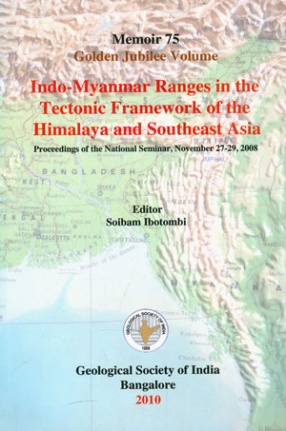
Indo-Myanmar (Burma) Ranges (IMR) have a distinct entity in the tectonic framework of Eastern Himalaya and the Southeast Asia. The IMR, which is thought to be northern prolongation of the Indonesian island are linking with the Himalaya possibly along the Tidding Suture Zone, is believed to have evolved due to subduction of the Indian plate below the Myanmar (Burma) plate. In the process, the range evolved as an accretionary prism of imbricate thrust system where ...
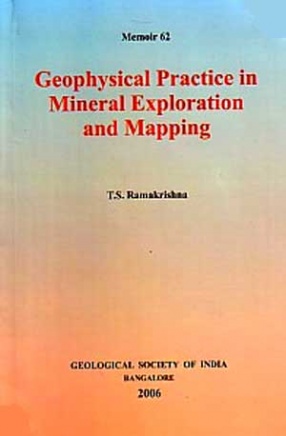
Volume Title:Pt. 1. Methodology; Pt. 2. Exploration.

Study conducted in Bonaigarh Subdivision of Sundargarh District, Orissa, India.
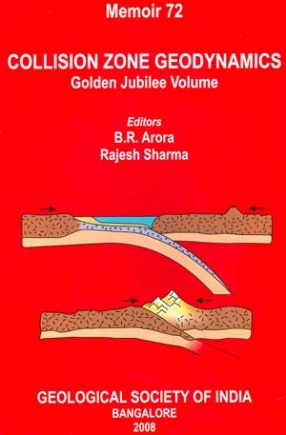
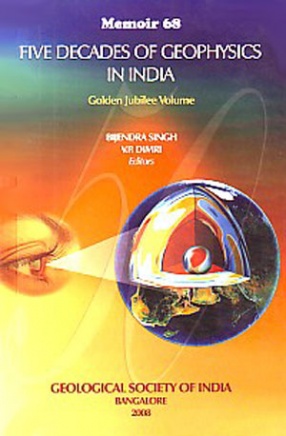
Geophysics, the study of the earth through the application of physical principles, first made its appearance in the mid nineteenth century and progressively influenced our knowledge and understanding of the planet we live on. In turn, this opened new horizons of comprehension of the complex natures of the continents and oceans as well as the natural resources available to us, on which the growth and development of our society is based. This all-embracing science ...
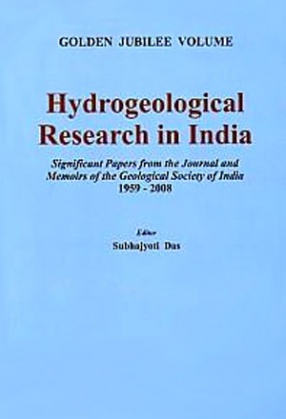
There is no place on Earth that is so much dependent on rain as India. The life of millions of farmers and their cattle depend on this heavenly bounty year after year. When this gift is denied in any year, it causes grave distress. In an average year rains are confined to just 100 days. If care is not taken to store it, water is lost. This is why we have large storage tanks. The tanks also function as feeders to wells providing drinking water to a large percent ...
